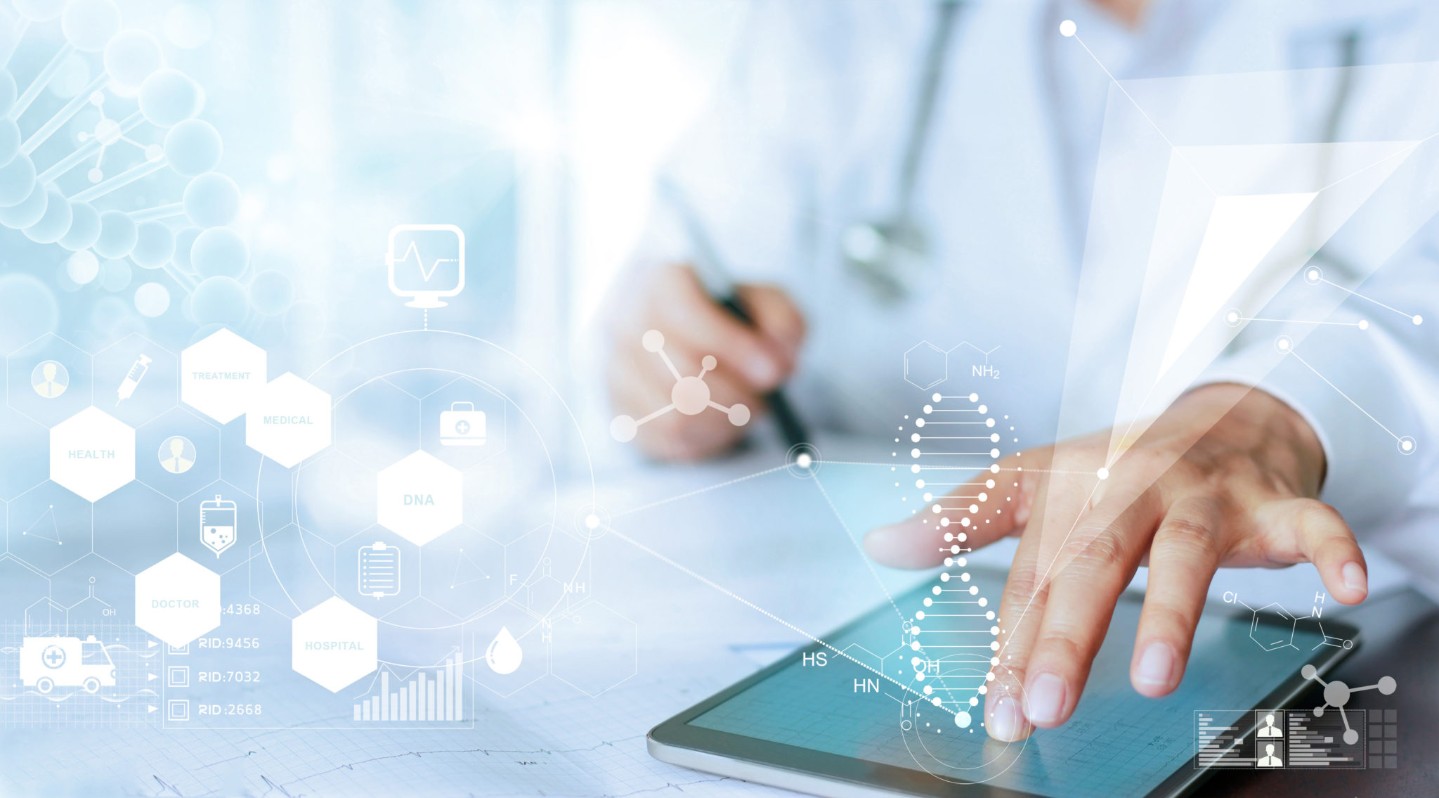Urgent Care vs. Virtual Quick Care vs. ER: A Guide to Getting the Right Care, Right Now
DEC 22, 2025Choosing correctly can save you time, money, and ensure you get the most appropriate and timely treatment.
Read More
Let’s take a look around your doctor’s office. What do we see? A stethoscope, a blood pressure cuff, an otoscope (flashlight used to look inside your ear), and a defibrillator in case of an emergency. These have been standard tools for years, and the technology behind them might be older than you think:
Now, don’t get me wrong. These devices still help physicians make important decisions regarding your immediate condition. My point is, in a world where a 6-month old smart phone is considered obsolete, these tools will probably soon be replaced with more accurate and all-telling devices for your providers to use. In 10 years, a visit to your doctor’s office will look completely different than it does now.
Below are some predictions that health and technology gurus are talking about:
Blood draws are unpleasant for everyone. Finding a comfortable vein and hitting it on the first try isn’t an always and easy task for phlebotomists. Enter Veebot. Veebot is a blood drawing robot that only takes 60 seconds to complete the task, and can identify the best vein 83% of the time. This is about the same as a human phlebotomist right now, but is predicted to surpass human accuracy and speed in the next few years.
Wearable device technology is improving constantly. Not only will you be able to monitor activity and heart rate (like the Apple Watch and FitBit currently), but patients will be able to monitor more complex stats as well. Potentially, if you are at risk for a heart attack or stroke, wearable devices will be able to perform at home EKGs and stress tests which can be sent immediately to your physician. This technology is available now, but very expensive.
Comparing your DNA to the information we have in our ever-growing genetic database will be the new “first step” in disease prevention and diagnostics. While this is technically available now, it’s still expensive and does come with some ethical dilemmas the medical field is still debating.
Depending on your condition, you may or may not see your doctor in person. There are many phone apps and services that allow you to see your doctor via video chat. Some of these are even on-demand services (though you won’t see the same provider every time). These digital appointments are usually much cheaper, and could help prevent unnecessary, full on appointments that lead to increased health care costs.
Some hardcore medical futurists are predicting we will combine all of our technologies into one simple machine that scans our bodies and spits out our diagnosis. Sounds crazy, but when we consider how fast super computer technology is advancing, it can’t be labeled impossible.
What won’t change? You’ll still have to wait for your doctor to see you. The difference is, you’ll be in your own living room.

Choosing correctly can save you time, money, and ensure you get the most appropriate and timely treatment.
Read More
MS is not rare. It’s estimated that nearly 1 million people in the United States and 2.8 million worldwide live with MS.
Read More
COPD is a group of progressive lung diseases that block airflow and make it difficult to breathe.
Read MoreWhen you need local health information from a trusted source, turn to the CHI Health Better You eNewsletter.